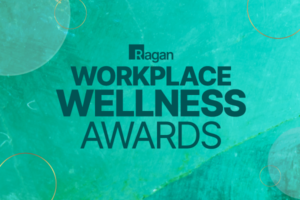How to implement a phased retirement program
Retirement benefits and perks are as important as ever.

With employees across the nation going through times of economic uncertainty, the ability to retire or even begin to save money for retirement has been called into question for many. According to research by WTW, this development has shown that a significant chunk of older workers intend to work past 70, and a large demographic of younger employees want to end their careers and enter retirement before 65. With this disparity in retirement expectations comes the need for different planning opportunities — this is where phased retirement plans can come in handy, not only for attracting the best talent in your field but also keeping your top-flight employees as well.
While the trends mentioned above on retirement age might not be entirely surprising, phased retirement plans for older employees might not just be good for the workforce itself, but the larger economy too. As older employees exit the workforce due to age, worker shortages that we’ve experienced during the pandemic are poised to continue as there aren’t enough younger workers to take their places. A phased retirement plan can help shoulder some of the burden of workplace shortages by having plans in place when employees leave the workforce for their retirement. However, it’s important to have material plans in place before initiating a phased retirement program.
If you’re considering starting a phased retirement program at your organization, there are a few questions you’ll need to ask.
First, you need to figure out what kind of issue you need to solve. Are you creating the program to retain talent? Are you looking to improve the employee experience through the creation of opportunities for workers? There are many reasons you might look to institute such a program to make your company a more attractive place to work, but in order to figure out what they are, you’ll need to talk to the organization’s employees. By engaging in active listening, you can determine what their needs and desires are and cater to any phased retirement programs accordingly.
Phased retirement programs have shown a lot of promise for improving the health of a business, but most importantly they’ll help your employees navigate their career journeys. People of different ages and demographics are going to have different desires at work, but they’re also going to have different goals when it comes to retirement. With phased retirement programs, organizations can both help plan for the future of the workplace, while helping employees figure out the next stage of their lives.







